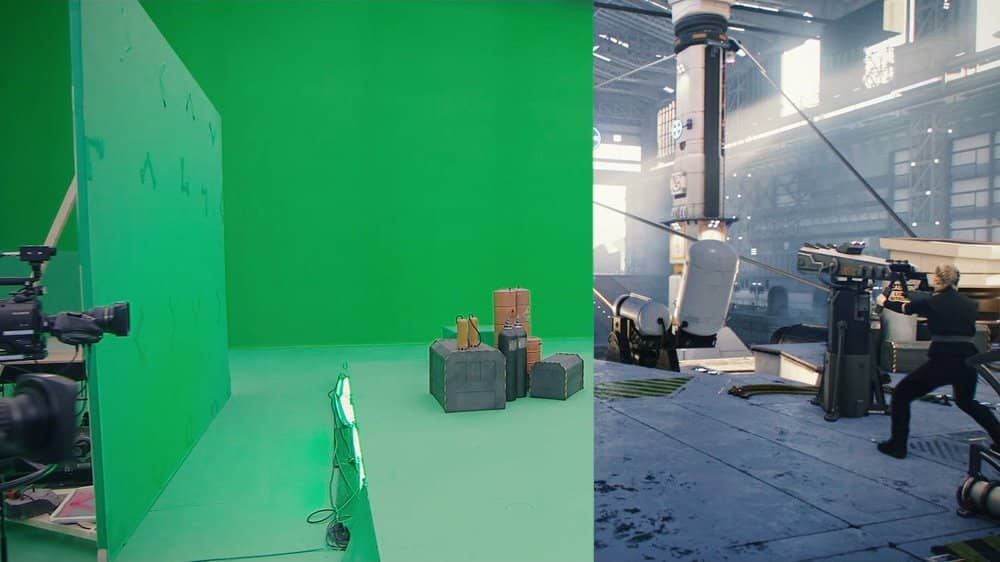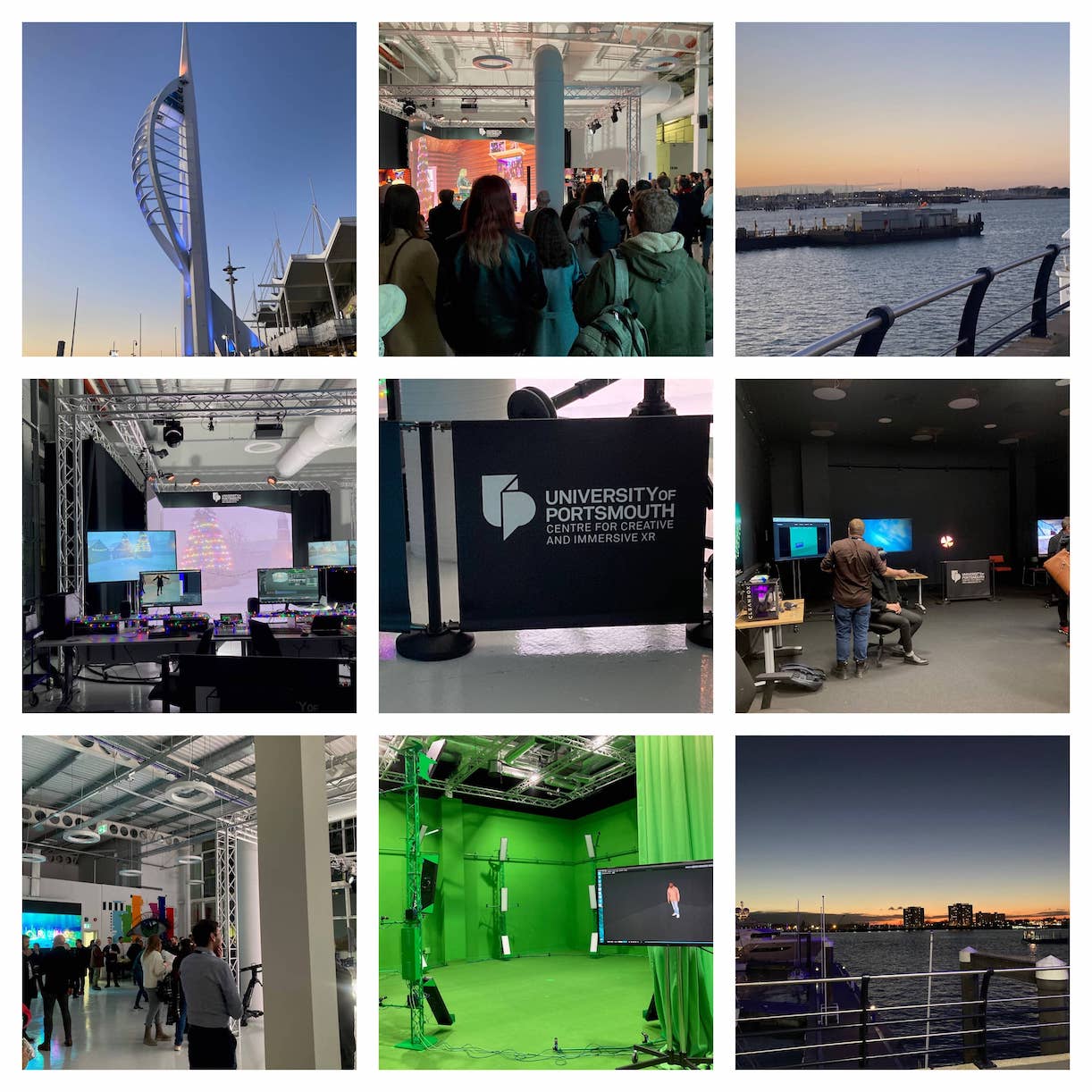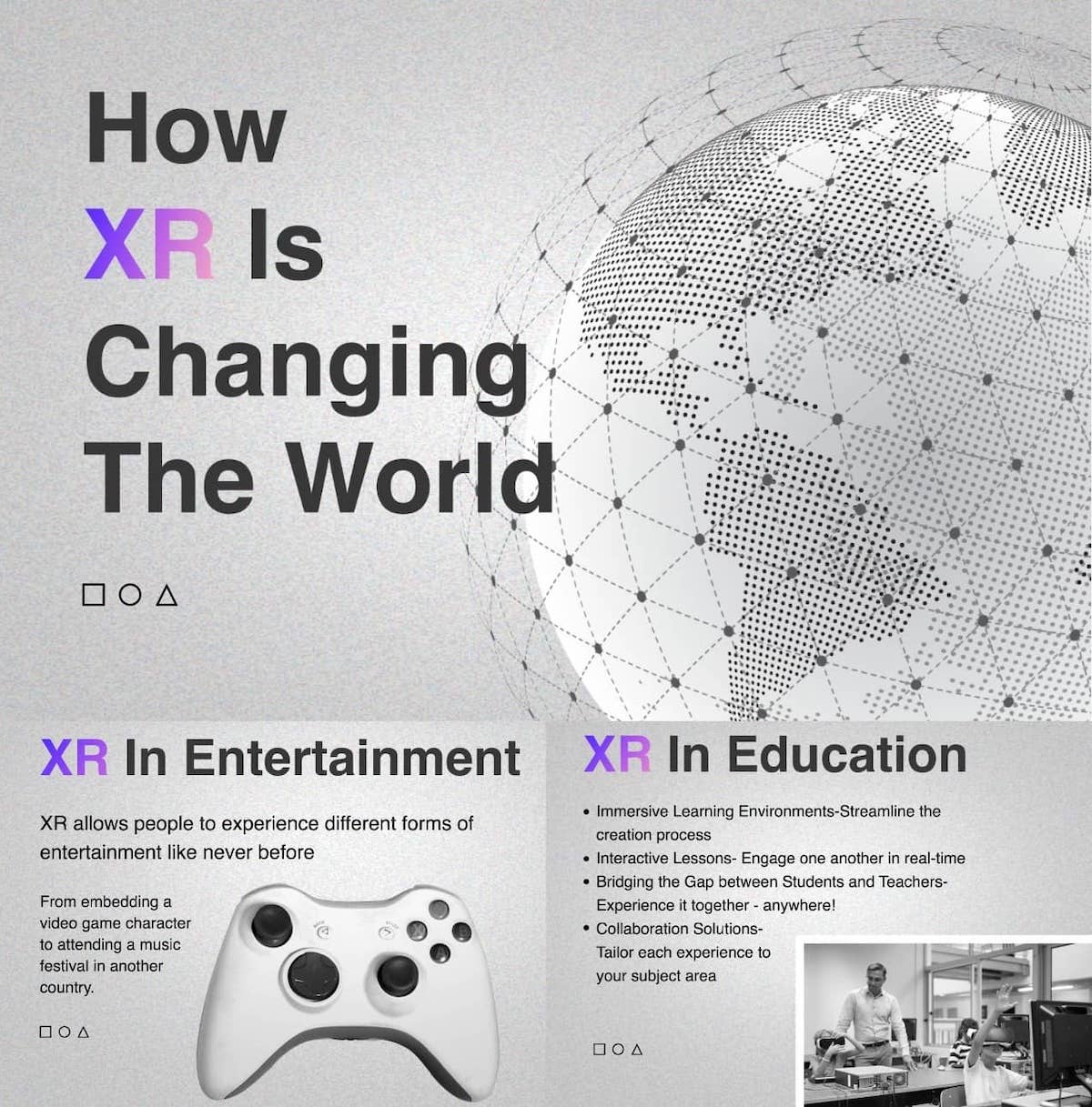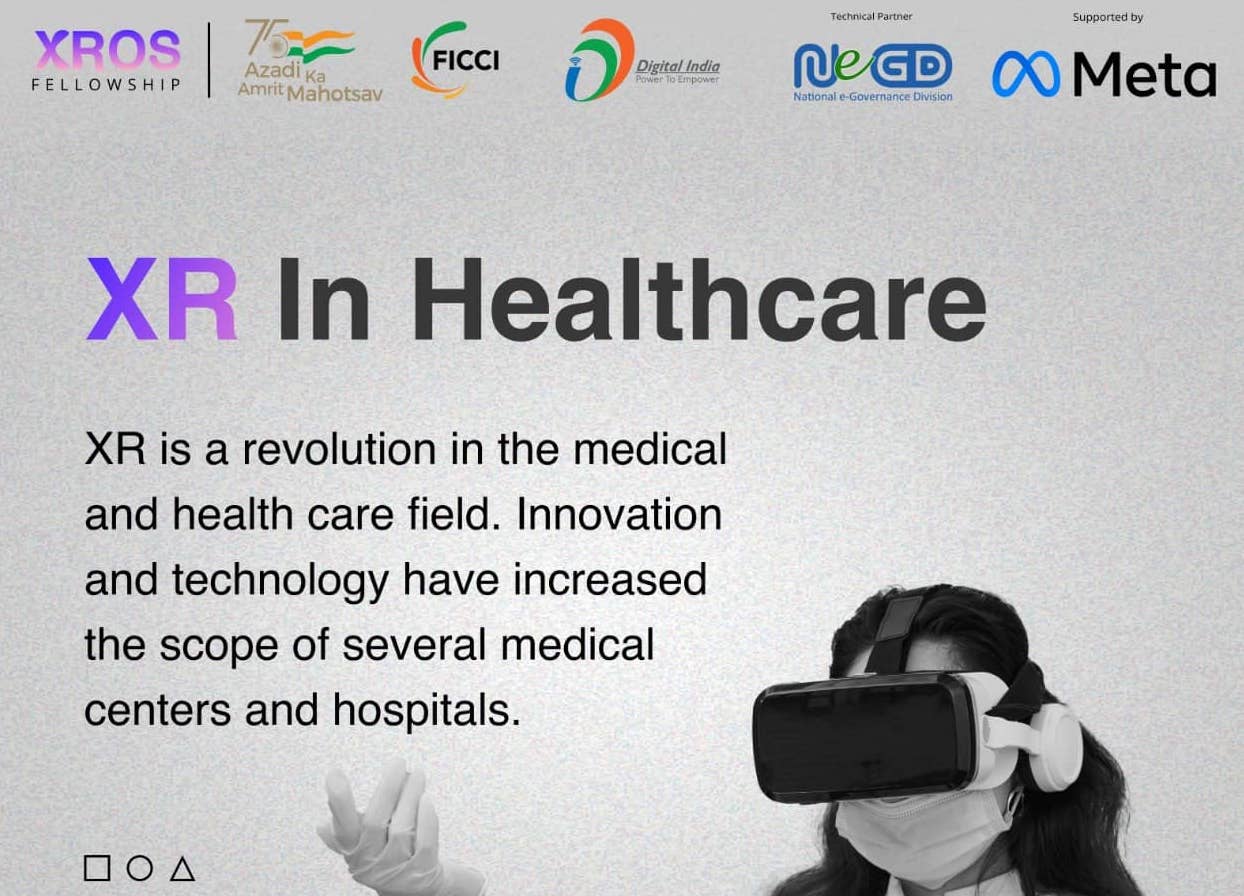In a world where technology is constantly evolving, it can be difficult to keep up with the latest trends. One of the most recent advancements in technology is extended reality (XR), which refers to a variety of immersive digital experiences that allow users to interact with simulated or real-world environments. While there are many potential benefits of applying XR, here are just a few!
Extended reality and what are its potential benefits?
Extended reality (XR) is an umbrella term used to refer to a range of immersive digital experiences that allow users to interact with simulated or real-world environments. These technologies have the potential to revolutionize how people work, learn, play and communicate with one another. XR can benefit individuals, businesses and industries in a variety of ways including: providing enhanced training and education opportunities; creating more engaging customer experiences; offering improved collaboration and communication opportunities; increasing productivity levels; facilitating data analysis; delivering unique marketing experiences; supporting virtual product design and testing, among many others.
How does extended reality work
XR encompasses a range of technologies from augmented reality (AR) to virtual reality (VR). These technologies use sensors, projectors and 3D graphics to create immersive digital experiences that interact with the real world. Common applications of XR include gaming, entertainment, medical training, education, data visualization and product design.
Extended reality is already being used in many fields such as manufacturing and healthcare. In the future, it is expected to have a major impact on a range of industries including automotive, retail, travel & tourism, media & entertainment and architecture. XR will enable these sectors to provide more immersive customer experiences through interactive environments; offer improved collaboration opportunities between teams; reduce costs by allowing for virtual prototyping; deliver better data analysis & insights; and much more.
Are there any risks?
Like any technology, there can be potential risks associated with extended reality. These include the misuse of personal data by malicious actors; cyber-security vulnerabilities due to inadequate protection measures; fatigue from prolonged use of immersive virtual environments; physical injuries from tripping over obstacles in augmented reality experiences; and legal issues surrounding intellectual property rights.
Organizations must develop a comprehensive strategy that takes into account the various aspects of XR technology such as hardware requirements, software integration, security protocols and user experience design. They should also evaluate their own data privacy policies to ensure they are in compliance with relevant regulations. Businesses need to stay up-to-date on the latest XR developments and trends in order to capitalize on new opportunities as they emerge.
Individuals should familiarize themselves with the different types of XR technologies available and explore how these technologies could be applied to enhance their skillset or daily life. They can also join online forums or communities related to XR technology, attend virtual conferences and webinars, and read industry news updates. By staying informed about the latest innovations and best practices for using it, individuals will be better positioned to take advantage of all the benefits it has to offer.
What does the future hold for extended reality?
The future of XR technology is bright, and its potential applications are seemingly limitless. We can expect to see continued advancements in hardware and software capabilities as well as increased investment in XR-related projects by both businesses and governments. As these technologies become more accessible and user-friendly, they will no doubt play an increasingly important role in our lives over the coming years.
Experts believe that the application of XR technology could have a significant impact on how we use and interact with information, education, products, services and the physical environment. It could also lead to a much more personalized and immersive virtual experience, with improved collaboration between teams regardless of geographical boundaries. XR can enable us to visualize and explore data in ways never before possible, allowing us to gain deeper insights and make smarter decisions. We believe that extended reality has the potential to revolutionize our lives.
Our advice would be to start by researching the different types of XR technologies available and exploring how they are being used in various industries. Next, familiarize yourself with terms and concepts related to augmented reality, virtual reality and mixed reality. Identify online resources such as webinars, conferences, and online forums that you can use to stay up-to-date on the latest XR developments. And don’t forget, take advantage of any opportunities to experiment with different XR technologies yourself in order to gain a better understanding of their capabilities and potential applications.
The most important thing people should remember when exploring extended reality is that it is still a relatively new technology and there are many risks associated with its adoption – particularly in terms of data privacy and cyber security. Therefore, it’s essential for businesses and individuals alike to be aware of these risks before taking any steps towards using XR technology in their projects or lives.
People should always pay attention to the legal implications of using them, and make sure they have permission to access the content or data being used. We can ensure that their exploration of extended reality is safe and successful.
Bonus: What is the most exciting potential application of extended reality?
What do you think about the applications of XR technology in healthcare? By using it, doctors and nurses can gain unprecedented access to patient data, allowing them to make informed decisions more quickly than ever before. Virtual surgery simulations could allow medical students to learn surgical techniques without having to use real patients or resources. Healthcare professionals could be able to remotely diagnose and monitor patients’ conditions from anywhere in the world through the use of immersive technologies – potentially revolutionizing how care is provided. All of these possibilities make the potential applications of XR in healthcare some of the most exciting out there, and have the potential to fundamentally change how we use technology in the medical field.
What is a potential benefit of applying extended reality solutions to surgical science?
It could give surgeons and medical professionals a much more detailed view into the body’s structure, enabling them to perform complex operations with greater accuracy. XR technology can also be used to create virtual simulations of surgeries, allowing students to practice procedures without having to use real patients or resources. It could enable remote diagnosis and monitoring of patients from anywhere in the world – opening up access to healthcare services in places where they may not have been previously available. All of these possibilities make XR a powerful tool for improving surgical science.




